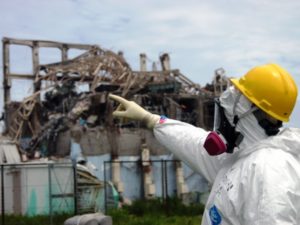As reported in the American Association for the Advancement of Science (AAAS), the House of Representatives recently passed a bipartisan bill that aims to reignite research in low-dose radiation.
Driven by the nuclear disaster in Fukushima, Japan, the Low-Dose Radiation Research Act of 2015 tasks the U.S. Department of Energy (DOE) with continuing its research program on low-dose radiation—defined by the bill as exposures under 100 millisieverts (mSv)— which has been neglected since its inception in the late ’90s. The bill requires the National Academies to “outline the current status of research, address remaining challenges and scientific goals, and recommend a long-term agenda.” Based on the findings of this report, DOE would propose a five-year research plan.
The bill doesn’t provide new funding; existing funds dwindled from $28 million to less than $16 million over a decade. The Senate must also pass the bill before it becomes law. However, with what little is currently known about the effects of ionizing radiation in low doses, researchers and policymakers hope to find senators to back the bill in order to establish knowledge on the risks of low-dose radiation.

